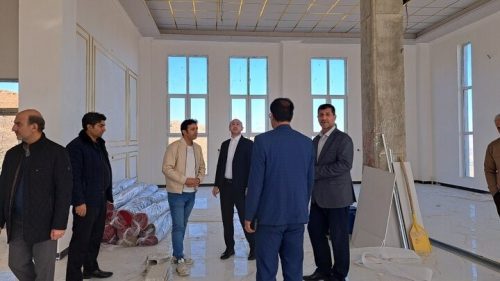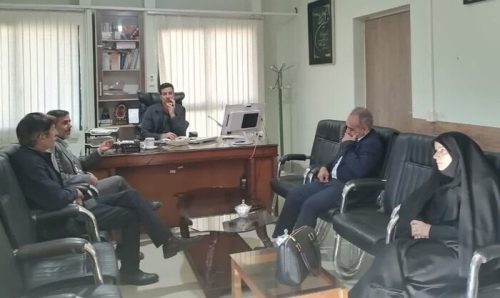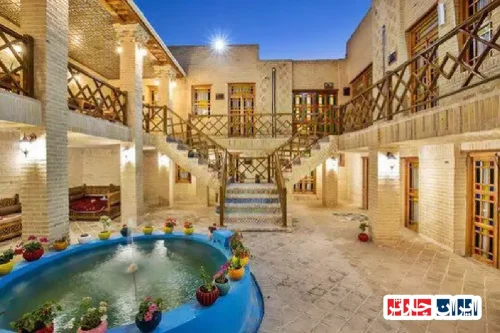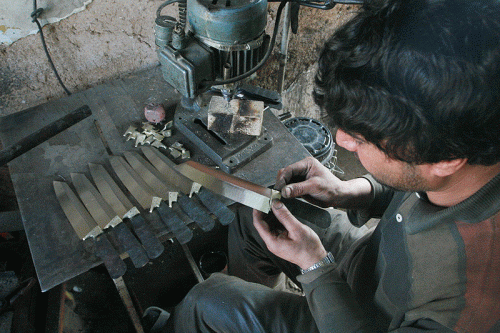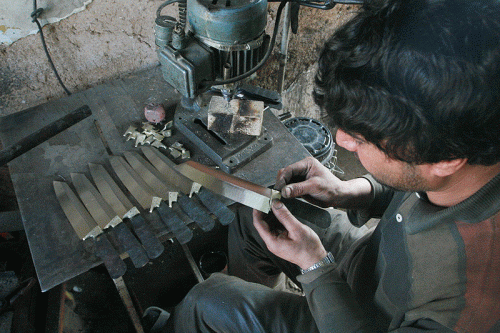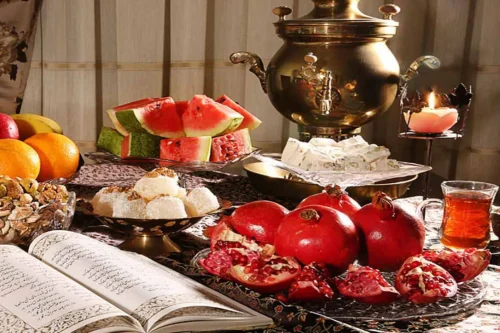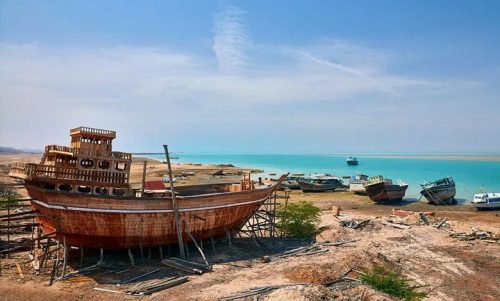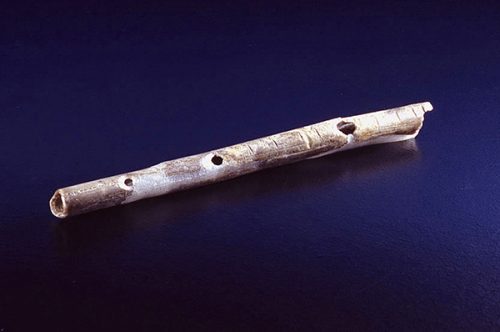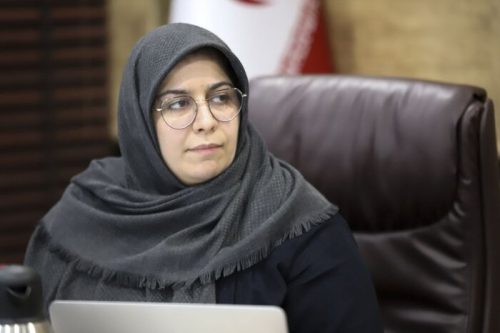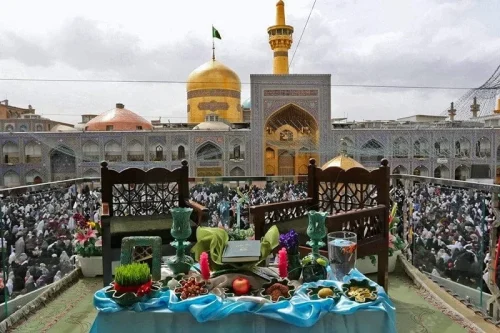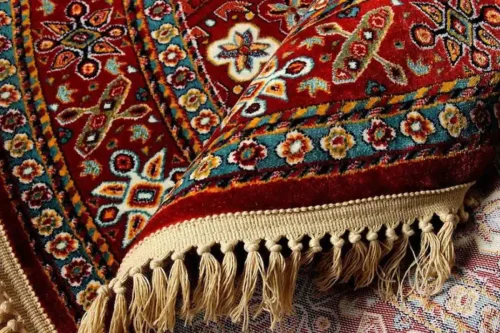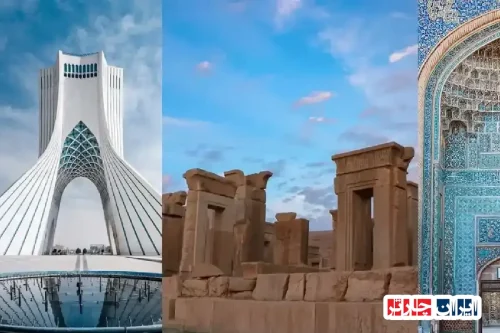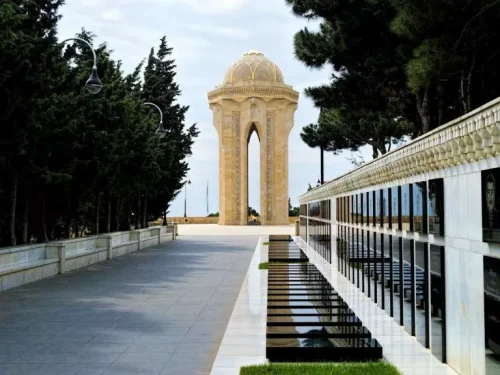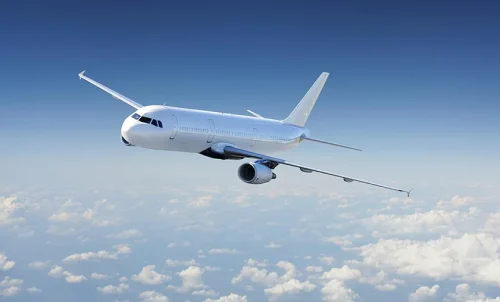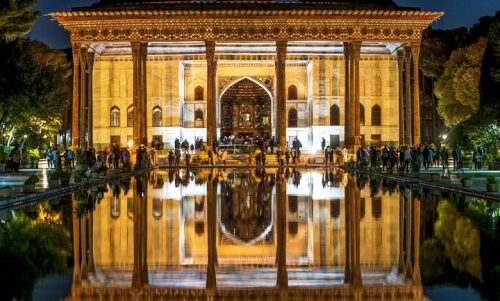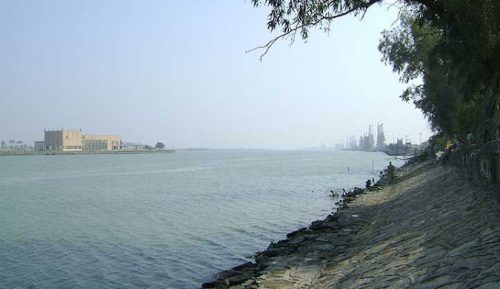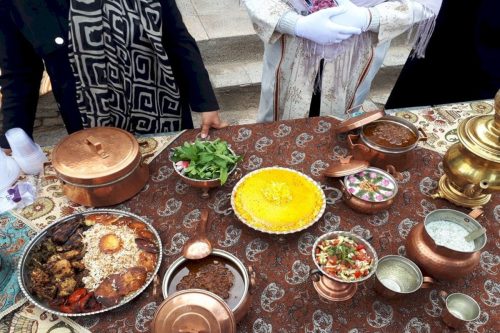Iran, A Land Beyond Expectation: Your First Steps into a World of Wonders
Embarking on a journey to Iran is often stepping into a land that defies preconceived notions and media portrayals. Far beyond the headlines, Iran is a country of immense depth, ancient history, and breathtaking landscapes that often surprise first-time visitors. Taking your first steps here means entering a world of wonders, where vibrant culture, architectural marvels, and natural beauty await discovery, making it a truly unique travel destination unlike any other. Discover Iran and break the stereotypes as you explore this fascinating country.
From Isfahan, Half the World, to Desert Yazd: Immersing Yourself in Iran’s Rich History and Culture
From the majestic squares and intricate mosques of Isfahan, famously known as “Half the World,” to the ancient mud-brick city of Yazd nestled in the desert, Iran offers an unparalleled immersion into rich history and vibrant culture. Exploring sites like the Naqsh-e Jahan Square, the historic windcatchers of Yazd, or the ruins of Persepolis allows travelers to walk through centuries of Persian heritage. Visiting these cities is not just sightseeing; it’s stepping back in time and connecting with a legacy that has shaped a significant part of human civilization. Explore historical Iran and experience its deep cultural roots.
Smiles as Warm as the Sunshine: Stories of Unforgettable Iranian Hospitality
One of the most enduring memories for many who travel to Iran is the extraordinary warmth and generosity of its people. Iranians are renowned for their genuine hospitality, often greeting visitors with open arms, warm smiles, and spontaneous invitations for tea or conversation. These interactions offer authentic glimpses into daily life and Persian culture, turning simple encounters into heartwarming stories. The kindness and welcoming spirit of the Iranian people truly add a priceless dimension to any visit, making travelers feel not just like tourists, but like welcomed guests experiencing true Iranian hospitality.
A Dance of Color and Aroma in Traditional Bazaars and Delicious Food Flavors: The Sensory Pleasures of Traveling in Iran
A journey through Iran is a feast for the senses, a vibrant tapestry of colors, aromas, and flavors. Traditional bazaars, like those in Tabriz, Shiraz, or Isfahan, are bustling hubs where the scent of spices mixes with the shimmer of intricate Persian carpets and handicrafts. Beyond the visual and olfactory delights, Iranian cuisine offers a world of delicious tastes, from fragrant stews and saffron-infused rice to delectable sweets and fresh bread. Exploring these markets and savoring local dishes provides a truly immersive sensory experience, revealing the intricate artistry and rich traditions embedded in daily life and Persian food culture.
Practical Tips for Travelers: What You Need to Know Before Traveling to Iran
For those planning a trip to Iran, a few practical tips can help ensure a smooth and enjoyable experience. Understanding the visa process for your nationality is the first step. Familiarizing yourself with the local dress code requirements, particularly for women, is also essential. Regarding logistics, getting around can involve domestic flights, trains, or buses, while navigating currency and payment methods requires specific attention due to international sanctions (often cash is needed). Being informed about these Iran travel tips before you travel allows you to prepare adequately and focus on enjoying the incredible journey ahead.
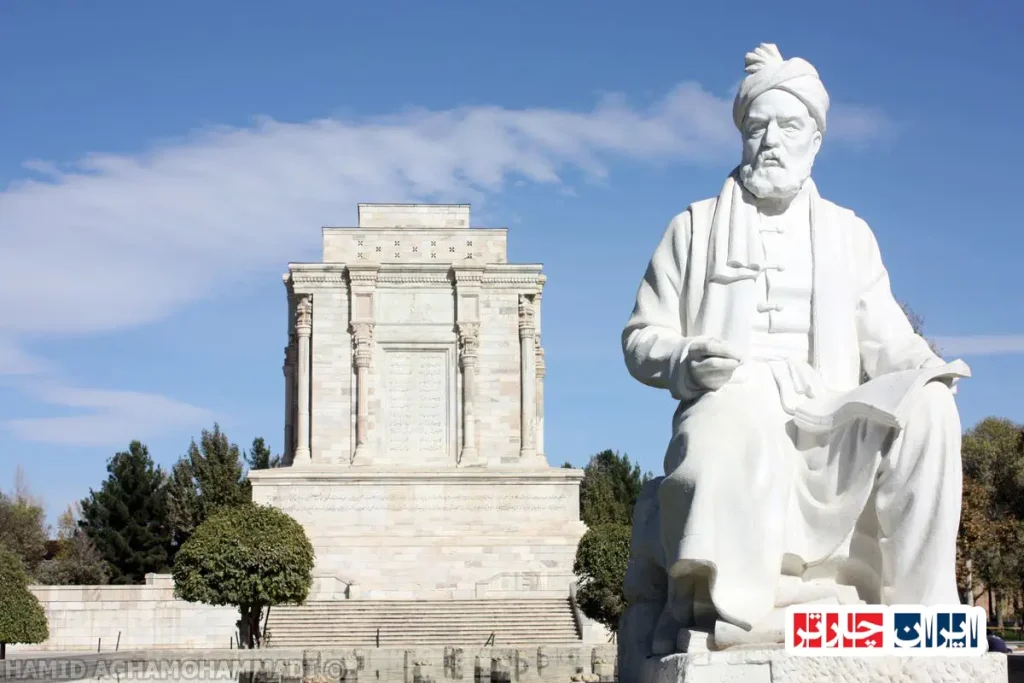
FAQ
Is Iran a safe country to travel to?
Generally, Iran is considered a very safe country for tourists, with low rates of street crime affecting travelers. People are known for their hospitality. However, it’s always wise to stay informed about current political situations and follow standard travel safety precautions.
What are the visa requirements for visiting Iran?
Visa requirements vary significantly by nationality. Many nationalities can obtain a Visa on Arrival (VOA) at major airports, but others must apply in advance through an embassy or e-visa system. It’s crucial to check the specific requirements for your passport well before your trip.
When is the best time of year to visit Iran?
Spring (April-May) and Autumn (September-October) offer the most pleasant weather across most of the country, avoiding the summer heat and winter cold. These are generally considered the peak seasons.
What is the required dress code for tourists, especially for women?
Yes, there are specific requirements based on Islamic law. For women, this means covering hair with a headscarf (hijab) and wearing loose-fitting clothing that covers the arms and legs (e.g., a manteau or long tunic over trousers). Men should avoid shorts in public.
How are interactions with local people? Are they welcoming?
Iranians are famous for their hospitality (Taarof is a key concept, though complex) and are generally very friendly, curious, and welcoming towards tourists. Many enjoy practicing their English and helping visitors.
How can I handle money and payments in Iran?
Due to international sanctions, foreign credit/debit cards (Visa, Mastercard, etc.) do not work in Iran. You must bring sufficient cash (preferably Euros or USD) and exchange it for the Iranian Rial (IRR). Tourist debit cards available locally might also be an option for some.
What are the transportation options for getting around Iran?
Iran has a well-developed transportation network. Options include domestic flights for long distances, comfortable long-distance buses (often VIP buses), trains connecting major cities, shared taxis (Savari), private taxis (including app-based services in cities), and metro systems in large cities like Tehran and Mashhad.
What are some must-visit places or highlights in Iran?
Highlights often include historic cities like Isfahan (Naqsh-e Jahan Square, mosques), Shiraz (Persepolis, Nasir al-Mulk Mosque), Yazd (historic desert city, Zoroastrian sites), and Tehran (museums, palaces, bazaars). Many also enjoy the diverse landscapes, from deserts to mountains and the Caspian coast.
Is internet access available, and can I use my phone?
Wi-Fi is available in many hotels, cafes, and guesthouses, though speed and reliability can vary. You can buy a local SIM card upon arrival at the airport or phone stores for mobile data (3G/4G). Note that some social media platforms and websites are filtered and may require a VPN.
Are there any important cultural customs or etiquette tips tourists should know?
Taarof (a complex system of politeness and etiquette involving offering things you might not genuinely mean and refusing initial offers) is a key concept. It’s polite to accept offers eventually after initial refusals. Always use your right hand for greetings or handling food/money. Avoid public displays of affection.

